Blog
Jewellok is a professional pressure regulator and valve manufacturer and supplier.
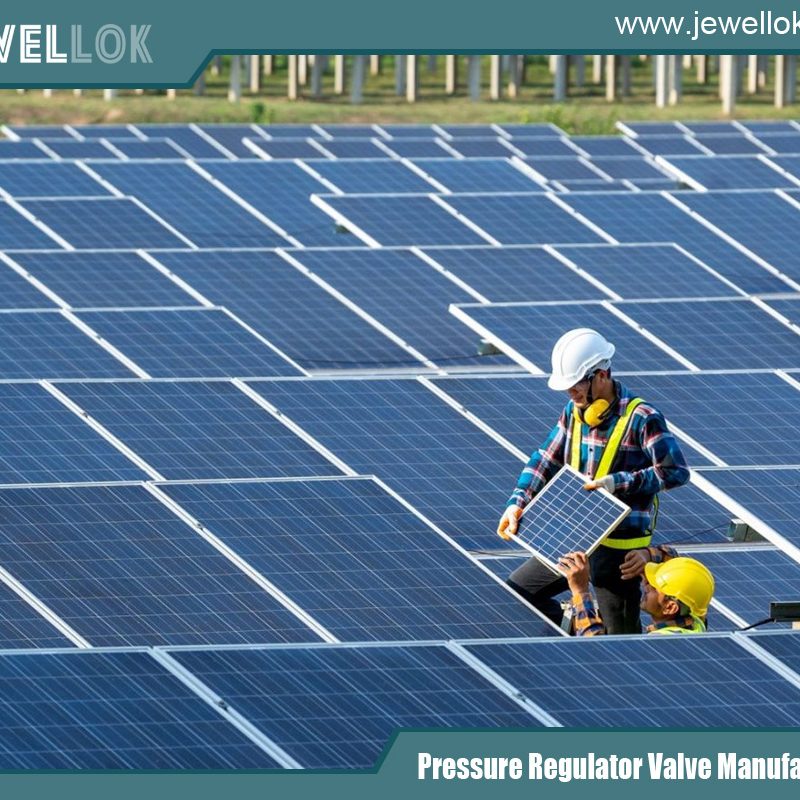
How Does The Demand For Renewable Energy Affect The Ultra High Purity Gas Delivery Systems Market?
- Pressure Regulator Valve Manufacturer
- Best uhp gas delivery systems, gas delivery system in semiconductor, high purity gas delivery systems, Malaysia Ultra High Purity Gas Delivery Systems, Semiconductor Gas Delivery Systems, UHP gas delivery systems, UHP Gas Panels, UHP Gas Panels China, UHP Gas Panels Manufacturer, UHP Gas Panels Supplier, Ultra high purity (UHP) gas delivery systems, ultra high purity gas delivery systems in brazil, Ultra High Purity Gas Delivery Systems in USA, Ultra High Purity Gas Delivery Systems Malaysia, ultra high purity gas delivery systems vietnam, Ultra-High-Purity Gas Delivery Systems
- No Comments
How Does The Demand For Renewable Energy Affect The Ultra High Purity Gas Delivery Systems Market?
Introduction
Ultra high purity (UHP) gas delivery systems are specialized technologies designed to transport and supply gases with purity levels often exceeding 99.999%. These systems are indispensable in industries where even the slightest contamination can disrupt processes or degrade product quality, such as semiconductors, pharmaceuticals, and biotechnology. In recent years, the renewable energy sector has emerged as a pivotal force influencing the demand for these systems. As global efforts intensify to transition from fossil fuels to sustainable energy sources like solar and hydrogen, the need for high purity gases—and the sophisticated systems that deliver them—has surged. This article explores how the rising demand for renewable energy is reshaping the UHP gas delivery systems market, examining its impact on market growth, technological innovation, regional dynamics, and the challenges and opportunities that lie ahead.

The Rise of Renewable Energy
The shift toward renewable energy is a global phenomenon, propelled by the urgent need to combat climate change and reduce greenhouse gas emissions. According to the International Energy Agency (IEA), solar photovoltaic (PV) capacity is poised to lead the expansion of renewable energy in the coming decades, reflecting its rapid adoption worldwide. Simultaneously, hydrogen energy is gaining momentum as a versatile, clean fuel alternative, with applications ranging from powering vehicles to decarbonizing industrial processes.
Solar Energy and High Purity Gases
In the solar industry, the production of photovoltaic cells relies heavily on high purity gases such as silane, hydrogen, and nitrogen. These gases play a critical role in processes like chemical vapor deposition (CVD) and plasma-enhanced chemical vapor deposition (PECVD), which deposit thin films onto solar cells. Even trace impurities in these gases can introduce defects, reducing the efficiency and longevity of the cells. As demand for solar energy escalates—driven by government incentives, technological advancements, and consumer awareness—the need for UHP gas delivery systems intensifies. These systems ensure that gases meet the stringent purity standards required for high-performance solar cells, directly linking the renewable energy boom to market growth for UHP solutions.
Hydrogen Energy and Fuel Cell Technology
Hydrogen energy represents another cornerstone of the renewable energy landscape. Fuel cells, which convert hydrogen into electricity with water as the only byproduct, require ultra pure hydrogen to function optimally. Contaminants can poison catalysts within the fuel cells, diminishing their efficiency and lifespan. UHP gas delivery systems are essential to maintain this purity throughout the hydrogen supply chain, from production to end-use. As investments in hydrogen infrastructure grow—evidenced by initiatives like Linde’s supply agreement with Dow for the Fort Saskatchewan Path2Zero Project—the demand for these systems is set to rise, reinforcing their importance in the renewable energy ecosystem.
Broader Implications
Beyond solar and hydrogen, other renewable energy technologies, such as wind and bioenergy, may indirectly contribute to the demand for UHP gas delivery systems. For instance, manufacturing advanced materials for wind turbine blades or bioenergy components might involve processes requiring high purity gases. While these contributions are less direct than those of solar and hydrogen, they underscore the pervasive influence of renewable energy across the UHP gas delivery systems market.
Impact on the UHP Gas Delivery Systems Market
The growing demand for renewable energy is a transformative driver for the UHP gas delivery systems market, influencing its size, innovation trajectory, and competitive dynamics.
Market Growth Projections
Market analyses highlight the significant growth spurred by renewable energy applications. One report projects the global UHP Gas Delivery Systems market to expand from USD 5.5 billion in 2022 to USD 8.9 billion by 2030, achieving a compound annual growth rate (CAGR) of 6.2%. Another estimate values the market at USD 232.9 million in 2023, with an anticipated rise to USD 346.1 million by 2030 at a CAGR of 6.3%. These projections reflect robust demand across multiple sectors, with renewable energy playing a prominent role. The photovoltaic industry, in particular, is a key contributor, as the production of solar cells escalates to meet global energy needs.
Technological Innovation
The renewable energy sector’s stringent requirements are pushing the boundaries of UHP gas delivery system technology. In solar manufacturing, innovations like bifacial solar panels and thin-film photovoltaics demand gases with ever-higher purity levels, necessitating advanced delivery systems. Companies such as Applied Energy Systems are responding by developing customized, cutting-edge solutions tailored to these applications. Similarly, the hydrogen sector’s expansion requires systems capable of handling ultra pure hydrogen under varying conditions, driving investments in precision engineering and gas purification technologies. This trend not only fuels market growth but also elevates the technical sophistication of available systems.
Synergies with Supporting Industries
The influence of renewable energy extends beyond direct applications, amplifying demand through related industries like semiconductors. Solar cells, a type of semiconductor, rely on UHP gas delivery systems during production, intertwining the renewable energy and electronics sectors. As semiconductor manufacturing advances to support renewable technologies, the market for these delivery systems benefits from a multiplier effect, further solidifying its growth trajectory.
Customization and Flexibility
A notable market trend is the shift toward customization and on-demand solutions. Renewable energy applications often have unique requirements, prompting manufacturers to offer tailored systems. This adaptability not only meets the sector’s evolving needs but also creates new opportunities for market expansion, as companies differentiate themselves through specialized offerings.
Geographical Considerations
The demand for UHP gas delivery systems varies across regions, shaped by local industrial strengths and renewable energy adoption rates.
Asia-Pacific: A Market Leader
Asia-Pacific is a powerhouse in both renewable energy and UHP gas delivery systems demand. China, the world’s largest producer of solar panels, drives significant need for high purity gases and delivery infrastructure, supported by its ambitious renewable energy targets. Japan and South Korea, leaders in semiconductor and hydrogen technology, further bolster regional demand. Market reports predict Asia-Pacific will experience the fastest growth in this sector, with a substantial CAGR from 2022 to 2030, reflecting its dominance in advanced manufacturing and sustainability initiatives.
North America: Innovation Hub
North America, particularly the United States, is another critical market, fueled by its robust semiconductor and pharmaceutical industries alongside growing renewable energy investments. The region’s emphasis on technological innovation positions it as a hub for UHP gas delivery system development, with solar and hydrogen projects amplifying demand.
Europe: Sustainability Focus
Europe, led by countries like Germany, is a strong contender, driven by its commitment to sustainability and green technologies. The European Union’s policies promoting renewable energy adoption create a favorable environment for market growth, particularly in solar and hydrogen applications.
Emerging Markets
Regions like Latin America and the Middle East are beginning to emerge as players, with increasing investments in renewable energy and industrial development. While their current market share is smaller, their potential for future growth adds a global dimension to the UHP gas delivery systems landscape.
Challenges and Opportunities
The UHP gas delivery systems market is at a crossroads, balancing significant growth potential with inherent challenges.
Challenges
Manufacturing Complexity: Producing UHP gas delivery systems requires precision engineering and high-quality materials, leading to elevated costs and the need for substantial capital investment.
Regulatory Compliance: Stringent standards in industries like semiconductors and pharmaceuticals impose rigorous requirements, increasing operational expenses and entry barriers.
Supply Chain Risks: Geopolitical tensions, trade restrictions, and global disruptions—like the COVID-19 pandemic—can hinder the availability of critical components, affecting production timelines and costs.
Opportunities
Renewable Energy Demand: The solar and hydrogen sectors offer a steady growth avenue, with manufacturers able to capitalize by developing advanced, efficient systems.
Sustainability Initiatives: Innovations in eco-friendly gas production and delivery align with global trends, opening new markets and appealing to environmentally conscious customers.
Customization: Tailored solutions for specific renewable energy applications provide a competitive edge, meeting diverse industry needs.
Emerging Markets: Expansion into regions like Asia-Pacific through strategic partnerships or local facilities taps into high-growth areas, driving revenue.
Companies that can address these challenges while seizing these opportunities are well-positioned to lead the market.

Conclusion
The demand for renewable energy is a catalyst for the ultra high purity gas delivery systems market, driving growth, innovation, and global expansion. The solar and hydrogen sectors, in particular, rely on these systems to maintain the purity essential for their technologies, linking their rise directly to market dynamics. Asia-Pacific leads geographically, supported by North America and Europe, while emerging markets signal future potential.
Challenges like manufacturing complexity and supply chain vulnerabilities persist, but they are outweighed by opportunities in technological advancement, customization, and sustainability. As renewable energy technologies evolve, the UHP gas delivery systems market will remain integral to the global energy transition, poised for sustained growth and a pivotal role in a cleaner, greener future.
For more about how does the demand for renewable energy affect the ultra high purity gas delivery systems market, you can pay a visit to Jewellok at https://www.jewellok.com/ to get more info.
Recent Posts
Gas Industry in the Semiconductor Industry
How To Find The Best China Needle Valve Manufacturer
Tags
Recommended Products
-
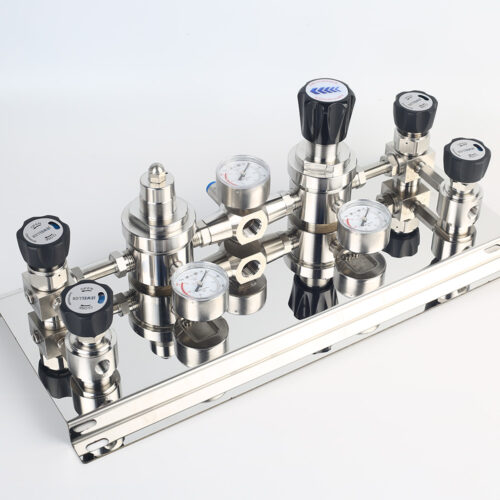
Stainless Steel Single Stage Semiconductor Grade Pressure Control Module Pressure Control Panels JSP-6A Series
-
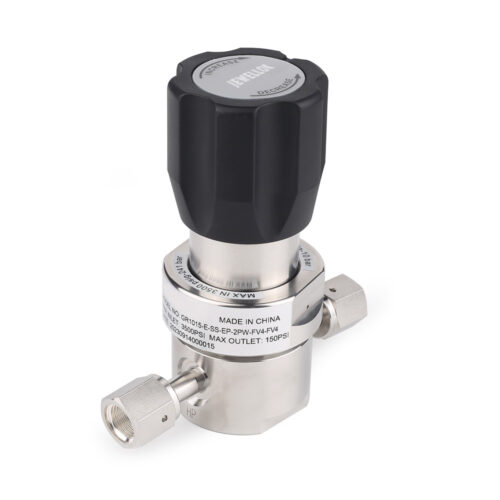
JR1000 Series UHP Ultra High Purity Single Stage Pressure Reducing Regulator And Low To Intermediate Flow
-

JF Series In-Line Gas Filters | High Purity High Precision High Flow Semiconductor Gas Filter Gas Filtration & Purification
-
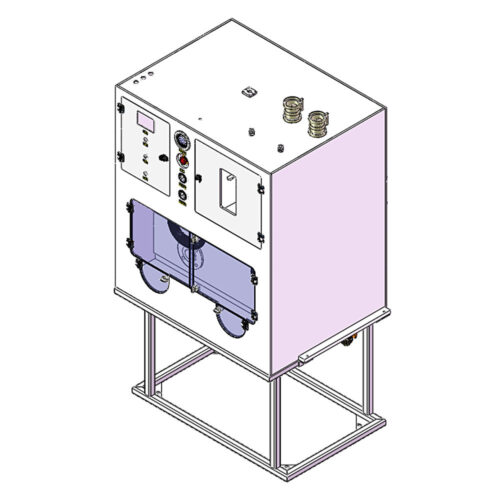
Clean Connection Cabinet JW-300-CCB Valve Manifold Box And Control Valve Box
-
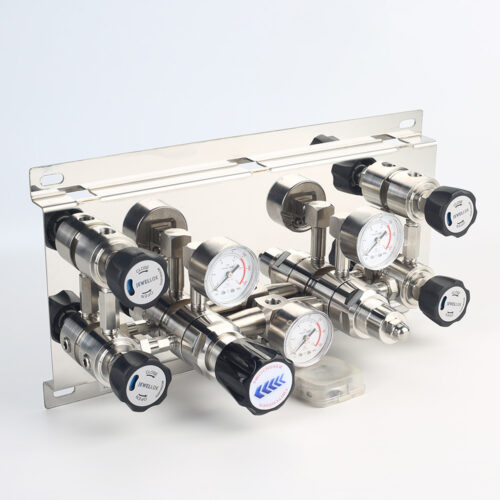
Pressure Control Panels For High Purity Gas Control System JSP-3AE Series From Pressure Control Panels Suppliers And Manufacturer
-
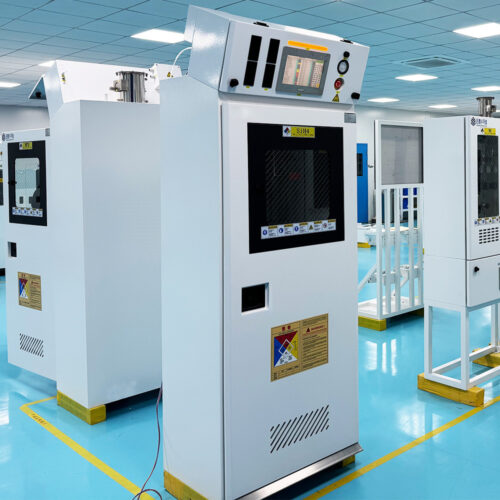
High Purity Bulk Specialty Gas Pressure Control And Filtration Bulk Gas Skid Systems JW-300-BSGS
-
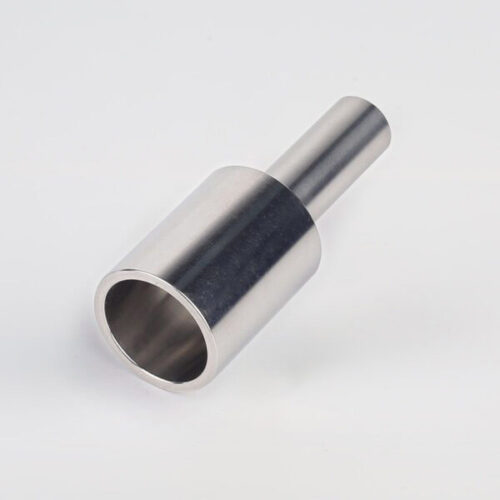
316L Stainless Steel Tube Butt Weld Reducing Fittings Union Reducer RW Series Ultrahigh Purity Process
-
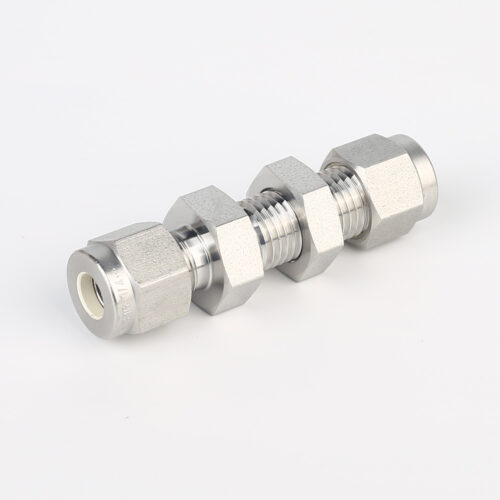
774L Stainless Steel UHP Fittings Butt Weld Bulkhead Union For High Flow Special Gas Fluid